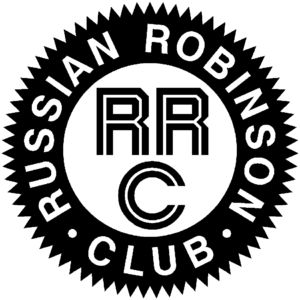WAP has recently got a mail from Frank, FØDUW :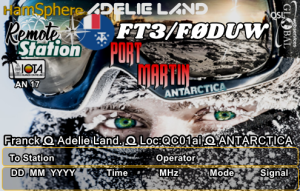
Hello, congratulation for your WAP website. I am on HamSphere 4.0 and we have Antarctica operators but this is virtual via internet. If you know an operator in antarctica who like to be on HamSphere 4.0 please give him the information.
73 de Frank FØDUW who was FT3/FØDUW on French Antarctica
The QSLs attached to the mail (see pictures aside) did capture my attention, there were Antarctic QSLs for calls we never heard on the air!
So, I did ask Frank FØDUW more information about, and here is the answer:
Only amateur radio operator with a call sign can work a remote on HamSphere 4.
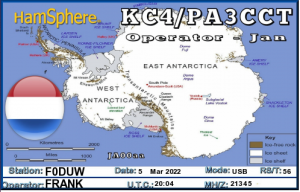 The TX and antenna are for exemple, located in Antarctica but the operator is, for exemple, in Paris. The propagation in Antarctica will be the same of real Amateur Radio. We have dirctional antenna and 100 watts.
The TX and antenna are for exemple, located in Antarctica but the operator is, for exemple, in Paris. The propagation in Antarctica will be the same of real Amateur Radio. We have dirctional antenna and 100 watts.
Operators who are on HS like 14HS10 they can also work from Antarctica with RM1 call sign. (See the picture). So this is virtual but realy like amateur radio. Just no need to travel on the frozen Continent!
73, Frank FØDUW
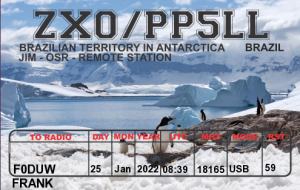 We personally didn’t know that, and now we understood that HamSphere is a subscription-based internet service which simulates Amteur Radio communication over the Internet as designed by Kelly Lindman, 5B4AIT.
We personally didn’t know that, and now we understood that HamSphere is a subscription-based internet service which simulates Amteur Radio communication over the Internet as designed by Kelly Lindman, 5B4AIT.
The simulator allows licensed radio amateurs and unlicensed enthusiasts to communicate with one another using a simulated ionosphere.
The system allows realistic worldwide connections between amateur radio operators as well as radio enthusiasts. In general it is similar to otherVoIP applications (such as Skype), but with the unique addition of characteristics such as channel selection by tuning, modulation, noise effects and shortwave propagation simulation.
We did also ask Mario Fontanella IK4HAQ (ex IK3HAQ) about a strange QSL, forwarded us by Frank FDUW. Mario, kindly reply with his comment:
I used to live in Venice, when I was IK3HAQ. Now I live in Bologna and, there is no way to install antennas from this QTH, I have been looking for solutions to keep my passion for radio communications active and I found HamSphere, a web platform that simulates the HF propagation conditions according to the VOACAP indications, allowing radio amateurs and “radio enthusiasts” to get practice to listening to and virtually, connecting other stations present, both physically and /or remotely, in various locations around the world.
These activities are not connected to the real Ham radio activity. Hamsphere is a system that uses Internet to connect to radio equipment through the ionosphere. It’s only a simulation, even if very well done.
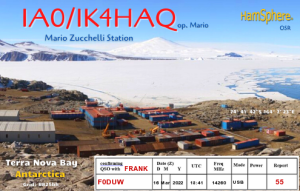
Among the various active virtual stations, there are some that operate remotely from the (simulated) positions of the Antarctic Bases and/or the Antarctic islands.
It is, -I repeat- only a simulation, not a real communications, therefore they are not valid for purposes such as Awards or recognition from the radio world, but only among the participants of the Hamsphere platform.
73’s Mario Fontanella IK4HAQ (ex IK3HAQ)
To our understanding and convinction, Ham Radio should not be a trick or a virtual game; a real DX contact, a real QSO especially with Antarctica must be struggled and perhaps suffered with a real radio, with a real antenna and not only with a PC or the desire to feel himself a virtual OM!
A motto says: The world is beautiful because it is varied! OK… varied, not spoiled!
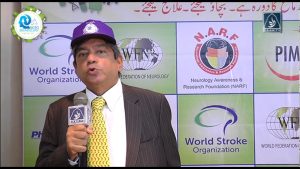 Professor Arif Herekar, Professor of Neurology together with excelling in his professional duties is a passionate traveller and globe trotter. He happens to be one of the few Pakistanis to step on to the Antarctic soil, probably the only Pakistani certified as an Antarctic naval seal camping on the Antarctic continent has made this beautiful country Pakistan proud by hoisting the national flag on the Antarctic soil.
Professor Arif Herekar, Professor of Neurology together with excelling in his professional duties is a passionate traveller and globe trotter. He happens to be one of the few Pakistanis to step on to the Antarctic soil, probably the only Pakistani certified as an Antarctic naval seal camping on the Antarctic continent has made this beautiful country Pakistan proud by hoisting the national flag on the Antarctic soil.
 While on April 25th the world celebrates the penguins, it’s also a time to think about saving them. Many penguin colonies have been lost to climate change and it’s estimated that half the population of emperor penguins will vanish by the end of this century.
While on April 25th the world celebrates the penguins, it’s also a time to think about saving them. Many penguin colonies have been lost to climate change and it’s estimated that half the population of emperor penguins will vanish by the end of this century.
 The TX and antenna are for exemple, located in Antarctica but the operator is, for exemple, in Paris. The propagation in Antarctica will be the same of real Amateur Radio. We have dirctional antenna and 100 watts.
The TX and antenna are for exemple, located in Antarctica but the operator is, for exemple, in Paris. The propagation in Antarctica will be the same of real Amateur Radio. We have dirctional antenna and 100 watts. We personally didn’t know that, and now we understood that HamSphere is a subscription-based internet service which simulates Amteur Radio communication over the Internet as designed by Kelly Lindman, 5B4AIT.
We personally didn’t know that, and now we understood that HamSphere is a subscription-based internet service which simulates Amteur Radio communication over the Internet as designed by Kelly Lindman, 5B4AIT.
 India has two operational research stations at the South Pole: Maitri (
India has two operational research stations at the South Pole: Maitri ( “There is an urgent need for the revamping of the Maitri station, which is more than 35 years old. The NCPOR is focusing on the same” Beg told The Indian Express via email, on the occasion of Earth Day which is observed on April 22.
“There is an urgent need for the revamping of the Maitri station, which is more than 35 years old. The NCPOR is focusing on the same” Beg told The Indian Express via email, on the occasion of Earth Day which is observed on April 22.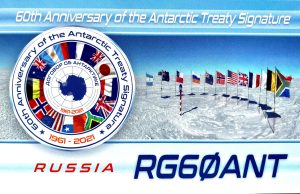 Volker Strecke DL8JDX has just received the Antartida Argentina Plaque and the RG6ØANT special QSL Card on the occasion of the 60th Anniversary of the Antarctic Treaty entering into force.
Volker Strecke DL8JDX has just received the Antartida Argentina Plaque and the RG6ØANT special QSL Card on the occasion of the 60th Anniversary of the Antarctic Treaty entering into force.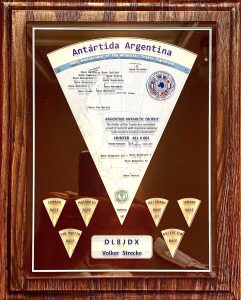 Argentine Antarctica is a part of Antarctica claimed by Argentina as part of its national territory. This claim overlaps with British and Chilean claims in Antarctica.
Argentine Antarctica is a part of Antarctica claimed by Argentina as part of its national territory. This claim overlaps with British and Chilean claims in Antarctica.
 The small branch with its colors, gives hope to all hearts.
The small branch with its colors, gives hope to all hearts. 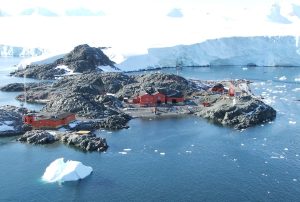 Carlos Almirón (
Carlos Almirón (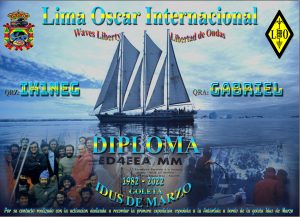 This year, 2022, marks the 40th Anniversary of the first Spanish expedition to Antarctica, carried out aboard the schooner “Idus de Marzo”, organized with the aim of ensuring that Spain meets the requirements for joining the Antarctic Treaty as a full member.
This year, 2022, marks the 40th Anniversary of the first Spanish expedition to Antarctica, carried out aboard the schooner “Idus de Marzo”, organized with the aim of ensuring that Spain meets the requirements for joining the Antarctic Treaty as a full member.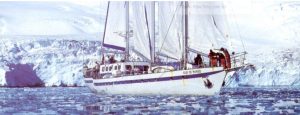 The Ides de Marzo is a schooner that carried the first Spanish scientific expedition to the Antarctic Continent. On December 14, 1982, the schooner departed from the port of Candàs,Asturias, initially with a crew of eight members at the head of which was Captain Javier Babé and Santiago Cañedo, who had the presence of a journalist and two biologists. After stops in Vigo, Las Palmas and Tenerife, from where they sailed south.
The Ides de Marzo is a schooner that carried the first Spanish scientific expedition to the Antarctic Continent. On December 14, 1982, the schooner departed from the port of Candàs,Asturias, initially with a crew of eight members at the head of which was Captain Javier Babé and Santiago Cañedo, who had the presence of a journalist and two biologists. After stops in Vigo, Las Palmas and Tenerife, from where they sailed south.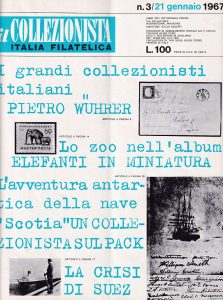 An old copy of “Il Collezionista” an Italian Philatelic Magazine (Jan. 1967) reports a bit of story of the famous Ship Scotia which was depicted on a stamp issued by the Falkland Islands, Scotia was also depicted on two stamps issued by the British Antarctic Territory.
An old copy of “Il Collezionista” an Italian Philatelic Magazine (Jan. 1967) reports a bit of story of the famous Ship Scotia which was depicted on a stamp issued by the Falkland Islands, Scotia was also depicted on two stamps issued by the British Antarctic Territory.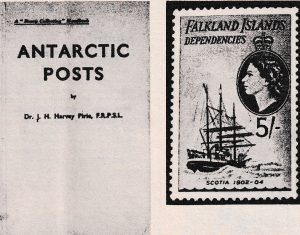 former medical student from University of Edinburg who organised and led the Scottish National Antarctic Expedition (SNAE) from 1902 to1904
former medical student from University of Edinburg who organised and led the Scottish National Antarctic Expedition (SNAE) from 1902 to1904 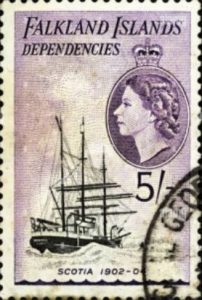 Scotia overwintered in Scotia Bay where she was frozen in for eight months. She departed for the Falkland Islands on 27 November en route for Buenos Aires, Argentina where she underwent a refit. Scotia returned to Laurie Island on 14 February 1904, sailing eight days later for the Weddel Sea. She departed from the Antarctic on 21 March. Calling at Saint Helena in June, she arrived at Millport, Cumbrae, Ayrishire on 21 July, and was escorted by a number of ships to her final destination of Gourock Renfrewshire.
Scotia overwintered in Scotia Bay where she was frozen in for eight months. She departed for the Falkland Islands on 27 November en route for Buenos Aires, Argentina where she underwent a refit. Scotia returned to Laurie Island on 14 February 1904, sailing eight days later for the Weddel Sea. She departed from the Antarctic on 21 March. Calling at Saint Helena in June, she arrived at Millport, Cumbrae, Ayrishire on 21 July, and was escorted by a number of ships to her final destination of Gourock Renfrewshire.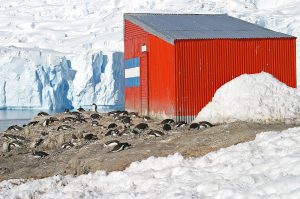 Captain Fliess Refuge (64°50’41” South, 62°31’48” West) is an Argentine Refuge in Antarctica located in Neko Harbour in the Andvord Bay on the Danco Coast, on western side of the Antarctic Peninsula. The refuge was opened on April 4, 1949 and it is managed by the Argentine Navy.
Captain Fliess Refuge (64°50’41” South, 62°31’48” West) is an Argentine Refuge in Antarctica located in Neko Harbour in the Andvord Bay on the Danco Coast, on western side of the Antarctic Peninsula. The refuge was opened on April 4, 1949 and it is managed by the Argentine Navy.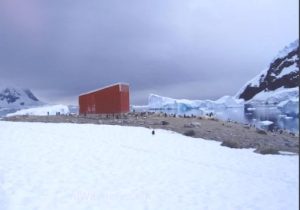
 On
On 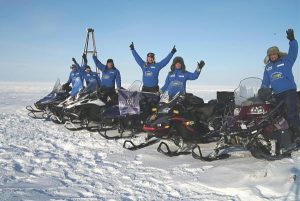 The polar snowmobile expedition R15ØWS from the
The polar snowmobile expedition R15ØWS from the 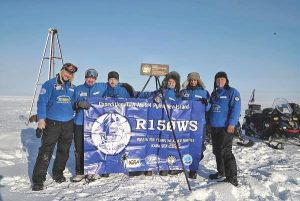 The Team, included Igor Znamensky UA9KDF (Tarko-Sale, YNAO), Andrey Korobeinikov UA9LDD (Tyumen), Andrey Moiseev UAØBA (Norilsk), Viktor Kuzyakin RWØBG (Norilsk), Alexey Bystrov RT9K (Dudinka) and Andrey Prudnikov RT9K (Surgut) did travel 2980 km on snowmobiles to the island and back. During four days of work on air R15ØWS made 5635 QSOs. Of these: CW – 3294, SSB – 1323, FT8 – 1018, 20m – 2878, 30m – 609, 40m – 489, 15m – 570, 12m – 8, 17m – 1072.
The Team, included Igor Znamensky UA9KDF (Tarko-Sale, YNAO), Andrey Korobeinikov UA9LDD (Tyumen), Andrey Moiseev UAØBA (Norilsk), Viktor Kuzyakin RWØBG (Norilsk), Alexey Bystrov RT9K (Dudinka) and Andrey Prudnikov RT9K (Surgut) did travel 2980 km on snowmobiles to the island and back. During four days of work on air R15ØWS made 5635 QSOs. Of these: CW – 3294, SSB – 1323, FT8 – 1018, 20m – 2878, 30m – 609, 40m – 489, 15m – 570, 12m – 8, 17m – 1072. Rykachev, Director of the main geophysical observatory, in honor of the 150th anniversary of the creation of the Russian weather service,
Rykachev, Director of the main geophysical observatory, in honor of the 150th anniversary of the creation of the Russian weather service,